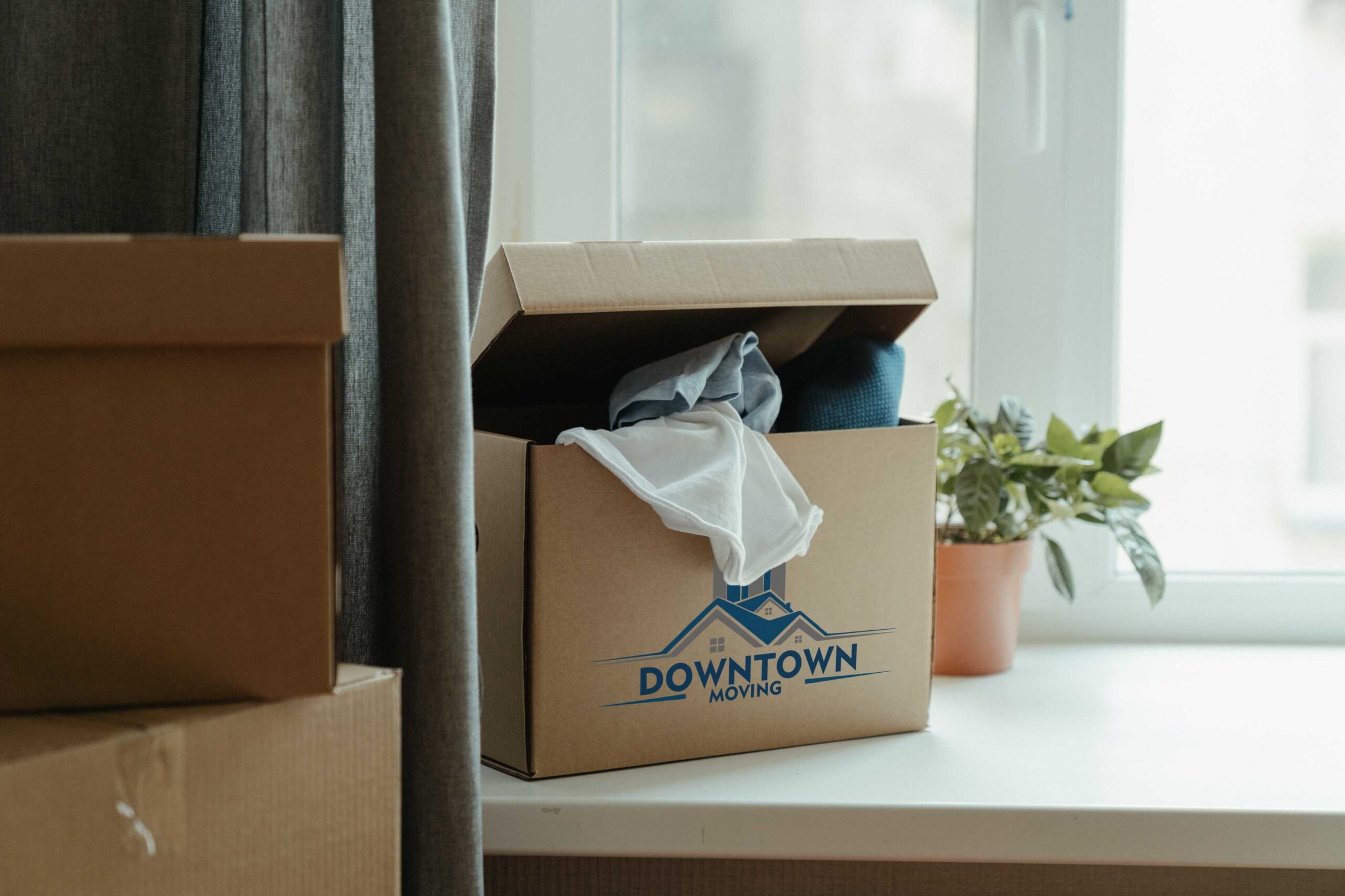Moving to a new place can be both exciting and stressful. From finding a new home to planning the move, there are so many things to take care of. One of the most important tasks before the move is packing your belongings. Proper packaging not only ensures the safety of your things during the move but also makes the unpacking process easier. Here are ten essential tips for packing like a pro before moving day.
1. Packing takes time, so start early

Packing takes a lot of time and effort, so it’s crucial to start as early as possible. Begin with the items you don’t use daily, such as seasonal clothing, decorations, and sports equipment. Don’t wait until the last minute to pack everything; it will only add to the stress of moving day. The earlier you start, the more time you will have to sort your belongings and pack them properly. It will also help reduce stress as the move approaches.
2. Get the right packing supplies
The right packing supplies can make a big difference in how well your belongings are protected during the move. Invest in sturdy boxes, packing tape, bubble wrap, and packing peanuts to ensure your items arrive at your new home in good condition. Use boxes that are the right size for the items you are packing. Over-packing boxes can cause them to break, while under-packing can cause items to shift during transport.
3. Label boxes clearly

Label each box with brief description of its contents and the room it belongs in. This will make it easier to unpack when you arrive at your destination and the movers know where to put each box in your new home. You may also want to color-code your boxes to make it easier to identify which room they belong in.
4. Pack heavy items in small boxes
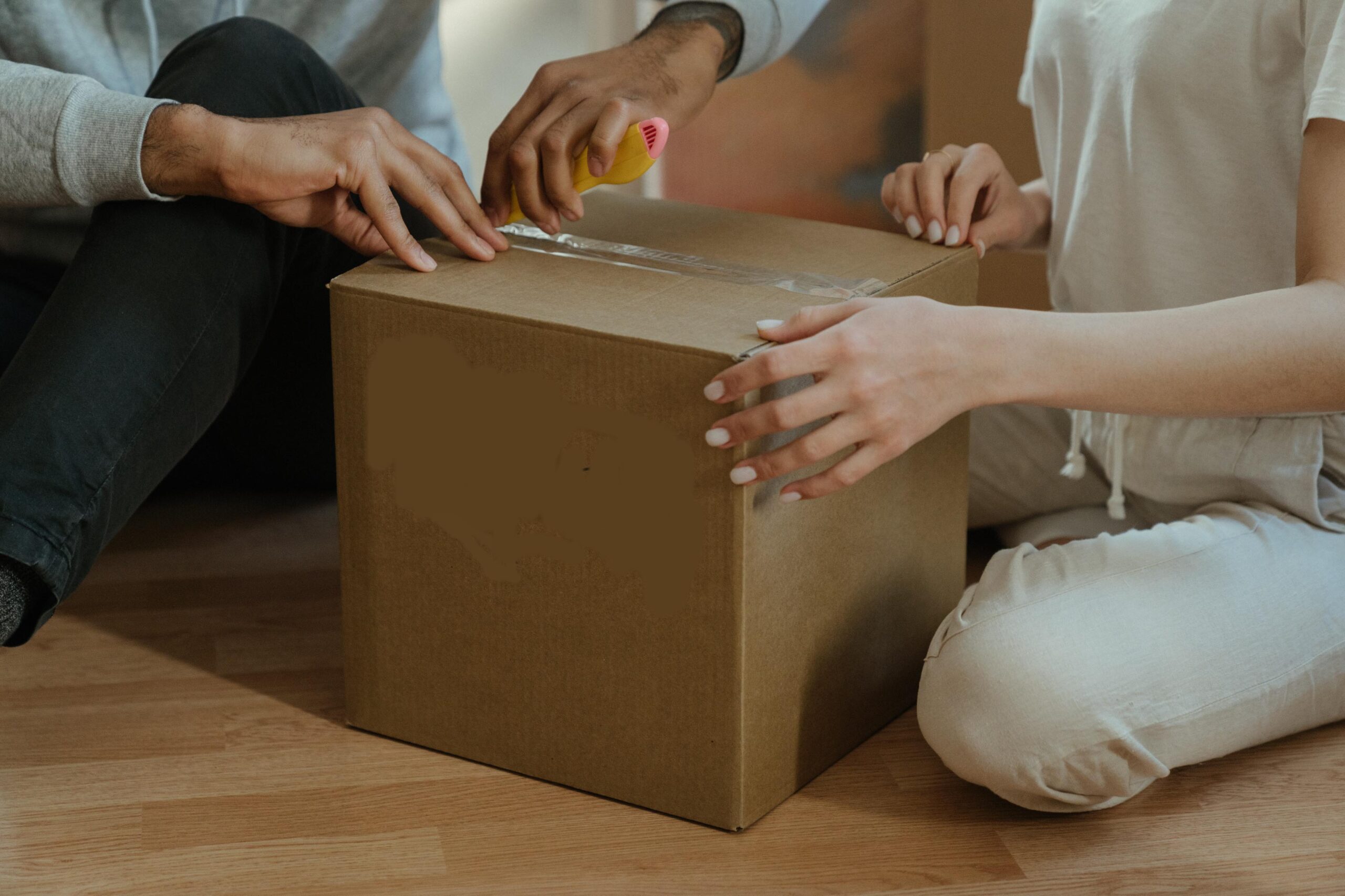
When it comes to packing heavy items for a move, it can be a daunting task. You want to make sure that your items are packed safely and securely so that they don’t get damaged during the move. One solution to this is packing heavy items in small boxes. By doing so, you can ensure that the weight is distributed evenly and that the boxes are easier to handle.
To pack heavy items in small boxes, there are a few tips that you should keep in mind. First and foremost, you need to choose the right size box. The box should be sturdy enough to hold the weight of the item, but not so large that it becomes too heavy to lift. A smaller box will help to prevent the item from shifting during transport and will make it easier to carry.
Once you have chosen the right size box, it’s important to use strong packing materials to cushion the item and prevent it from shifting during transport. Bubble wrap, packing paper, or foam are all great options for this. These materials will also help to protect the item from any damage that may occur during transport.
Next, you should secure the item in the center of the box and make sure that it is balanced. If necessary, use additional packing materials to fill any gaps and prevent it from moving. Once the item is secured in place, use packing tape to seal the box tightly.
Finally, it’s important to label the box as “heavy” so that movers or anyone handling the box is aware of the weight and can lift it properly. By following these tips, you can pack heavy items in small boxes safely and securely, ensuring that your items arrive at your destination in the same condition as when you packed them.
5. Pack clothes in suitcases
Packing clothes in suitcases is a common task when preparing for a trip. To pack clothes in suitcases efficiently, there are a few tips you should keep in mind.
First, organize your clothes before packing. Sort them by type, such as shirts, pants, and underwear, to make it easier to pack and unpack when you arrive at your destination. Roll your clothes instead of folding them, as this will save space in your suitcase and prevent wrinkles.
When packing, start with the heavier items at the bottom of the suitcase, such as shoes or jackets. Then, add the rolled clothes on top, filling any gaps between them with smaller items like socks or undergarments.
To prevent your clothes from becoming wrinkled, place a layer of tissue paper or plastic wrap over the clothes before closing the suitcase. This will also help to keep your clothes organized and prevent them from shifting during transport.
Finally, don’t forget to label your suitcase with your name, address, and contact information, as well as any special handling instructions. This will ensure that your suitcase is returned to you in case it gets lost during transit.
Packing clothes in suitcases can be a breeze with these simple tips. By taking the time to organize your clothes and pack them efficiently, you can ensure that your clothes arrive at your destination wrinkle-free and ready to wear.
6. Pack fragile items with care
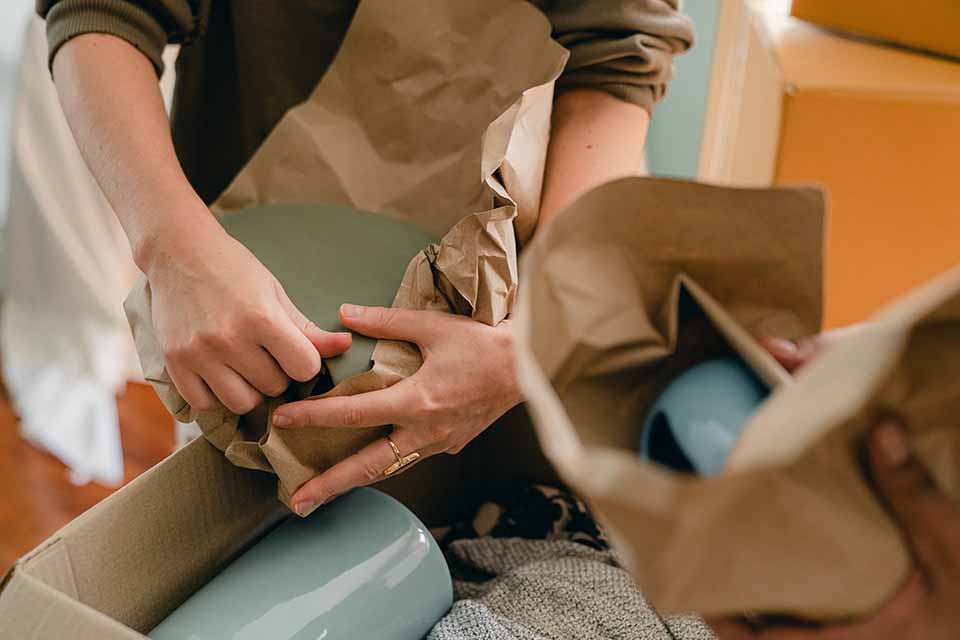
When it comes to packing fragile items, it’s important to take extra care to ensure that they arrive at their destination in one piece. Whether you’re moving or shipping fragile items, there are several tips you can follow to pack them with care.
First, choose the right packaging materials. Bubble wrap, packing peanuts, and foam padding are all great options for protecting fragile items. Make sure to use enough padding to completely surround the item and prevent it from shifting during transport.
Next, choose a sturdy box that is the right size for the item. A box that is too big will allow the item to shift around during transport, while a box that is too small will not provide enough protection. If necessary, use additional padding to fill any gaps in the box.
When packing the item, place it in the center of the box and add padding around it. Make sure that the item is secure and cannot move around inside the box. Label the box as “fragile” to ensure that anyone handling it is aware of the delicate nature of the contents.
Finally, seal the box tightly with packing tape and add additional labels or markings as necessary. If shipping the item, consider adding insurance to cover any damages that may occur during transport.
By following these tips, you can pack fragile items with care and ensure that they arrive at their destination in the same condition as when you packed them. Don’t rush the packing process and take the time to pack each item carefully to prevent any damage.
7. Create a packing plan

Creating a packing plan can make the process of packing for a move or trip much easier and less stressful. Here are some tips to help you create a packing plan that works for you.
First, make a list of everything you need to pack. This will help you stay organized and ensure that you don’t forget anything important. Divide your list into categories, such as clothing, electronics, and personal items.
Next, decide on a timeline for packing. Depending on the size of your move or trip, you may need to start packing several weeks in advance. Set a goal for each day or week and stick to it to avoid feeling overwhelmed.
When it comes to packing, start with the items that you use the least often. This could include seasonal clothing, books, or decorations. As you get closer to your move or trip, begin packing the items that you use more frequently.
Packing room by room will make the process easier and more organized. Start with the least-used rooms and finish with the most-used rooms.
Finally, make a list of items that you will need immediately upon arrival, such as toiletries and a change of clothes. Pack these items in a separate bag or box and keep them with you during transport.
By creating a packing plan, you can stay organized and ensure that your move or trip goes smoothly. Take the time to plan ahead and you’ll be able to enjoy your new surroundings without any added stress.
8. Pack a moving day essentials box
When you’re moving to a new home, it’s important to pack a moving day essentials box. This box will contain all the items you need to get through the first day or two in your new home without having to search through all of your packed boxes.
First, choose a box that is large enough to hold all of your essentials, but not so large that it becomes difficult to carry. Make sure the box is sturdy and labeled clearly as “moving day essentials.”
Next, decide what items you want to include in your essentials box. This may include toiletries, a change of clothes, towels, bedding, and any necessary medications. You may also want to include basic kitchen supplies like plates, utensils, and a few snacks.
When packing the box, be sure to wrap any fragile items carefully to prevent damage during transport. Label the box clearly and make sure it is one of the last items loaded onto the moving truck so that it is one of the first items unloaded at your new home.
Finally, keep your essentials box with you during transport. You may want to keep it in your car so that you have easy access to it when you arrive at your new home.
By packing a moving day essentials box, you can make the transition to your new home smoother and less stressful. Take the time to pack the items you need and you’ll be able to start settling in right away.
9. Don't overpack boxes
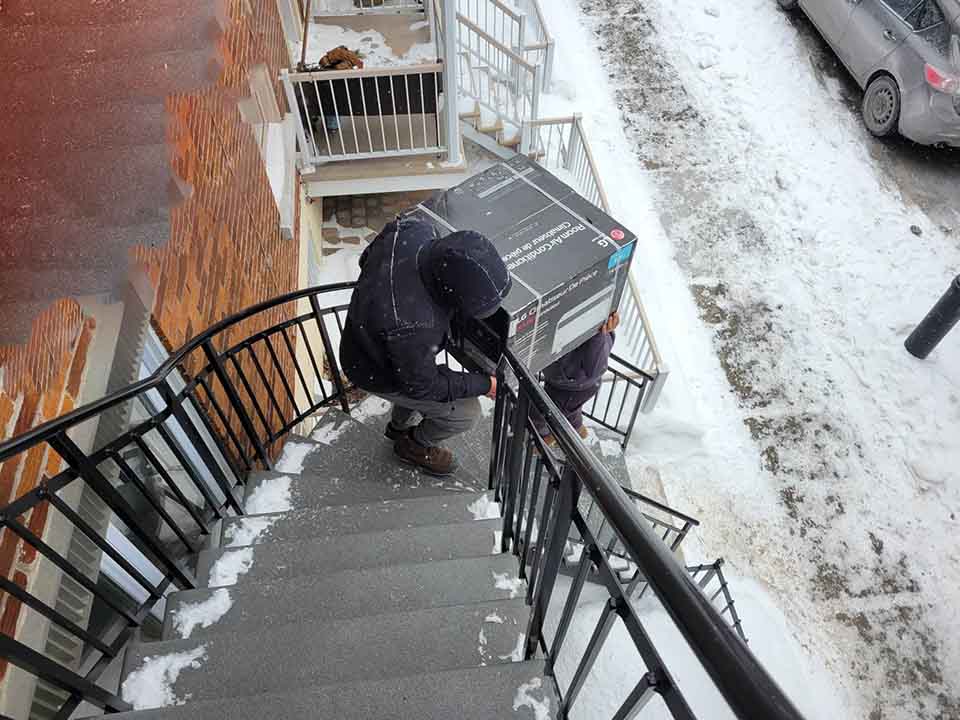
When it comes to packing for a move or storage, it’s important to resist the urge to overpack boxes. Overpacking can make boxes difficult to lift and transport, and it can also increase the risk of damage to your items.
One of the main risks of overpacking is that boxes may become too heavy. This can make them difficult to lift and carry, increasing the risk of injury. Additionally, heavy boxes can cause damage to floors, walls, or other items if they are dropped or accidentally bumped into something.
Overpacking can also increase the risk of damage to your items. When boxes are overstuffed, items can shift around and become damaged during transport or storage. This is particularly true for fragile items like glassware or electronics.
To avoid overpacking, start by choosing the right size box for the items you need to pack. Choose smaller boxes for heavier items like books and larger boxes for lighter items like bedding or clothing. This will help to distribute the weight evenly and make the boxes easier to lift.
As you pack, be sure to leave some room at the top of each box to prevent items from shifting around. Use packing materials like bubble wrap or packing paper to protect fragile items and fill any gaps in the box.
By avoiding the temptation to overpack boxes, you can make the packing process easier and protect your items during transport or storage. Take the time to pack each box carefully and you’ll be able to enjoy your items in your new space.
10. Hire professional movers of Moving Downtown
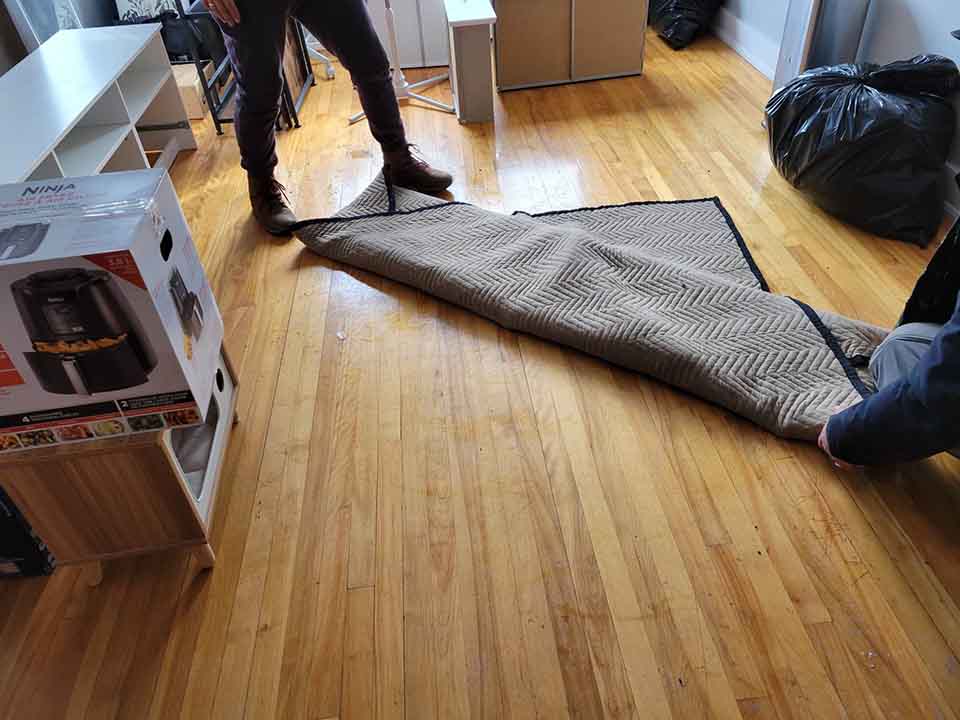
Moving can be a daunting and stressful task, but hiring professional movers can help alleviate some of the burden. Professional movers are experienced and equipped to handle the logistics of moving, from packing and loading to transport and unloading.
One of the main benefits of hiring professional movers is that they can save you time and energy. Moving can be physically demanding, especially when it comes to lifting and transporting heavy furniture and boxes. By hiring our professional movers, you can focus on other aspects of your move, such as setting up utilities or saying goodbye to friends and family.
Another benefit of hiring professional movers is their expertise and experience. They know how to properly handle and transport items, including fragile and valuable items. Our Professional movers are also equipped with the necessary tools and equipment to navigate tight spaces, narrow hallways, and steep staircases.
Professional movers also offer the peace of mind that comes with knowing your belongings are being handled with care. They typically offer insurance coverage to protect your items during the move, so you can rest easy knowing that your belongings are protected.
When hiring our professional movers, it’s important to research and choose a reputable company of Moving Downtown. Look for companies with positive reviews and ask for recommendations from friends and family. Be sure to get a detailed quote that outlines all the services included in the move, as well as any additional fees or charges.
In conclusion, hiring our professional movers of Moving Downtown can make your move easier and less stressful. With their experience, expertise, and equipment, professional movers can handle the logistics of your move while you focus on settling into your new home.
In conclusion, packing is an essential part of moving. By following these ten tips, you can pack like a pro and ensure your belongings arrive at your new home safely. Remember to start early, get the right supplies, label everything, and pack room by room. With these tips, you’ll be ready for a stress-free move.

